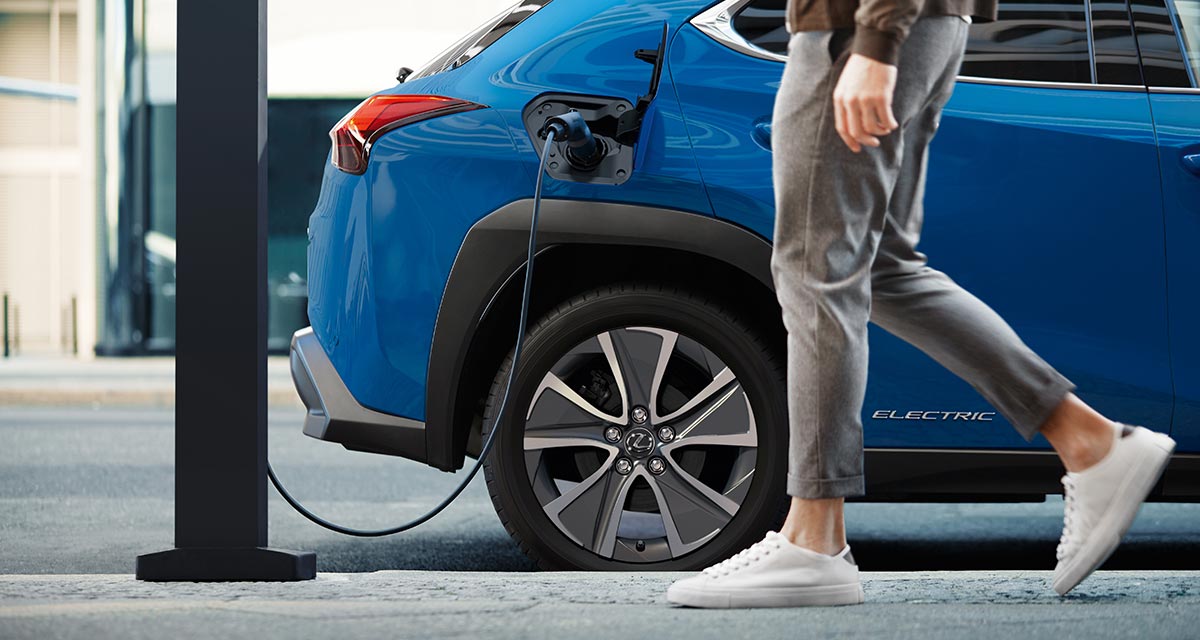- Messages
- 3,687
- Reactions
- 5,674

Electrik has an incendiary interview Toyota North America general manager Jack Hollis about the company’s view on pure-electric vehicles:
Regarding EVs, fuel cell, plugin, and hybrid, we started investing in all four of those powertrains at about the same time.
All of these are part of the plan, but doing them in order of the consumer demand. And when you look at it, the demand for electric is less than it is on hybrid.
I don’t think there’s any proof in the marketplace that there’s a demand for EVs.
Hollis takes it even further, positing that consumers want fuel cells more than EVs:
How do you know there’s more demand for electric than fuel cells? It’s like hybrid when we started. There was the logic behind what a customer needs and how customers use vehicles. Would a person...
Continue reading...


